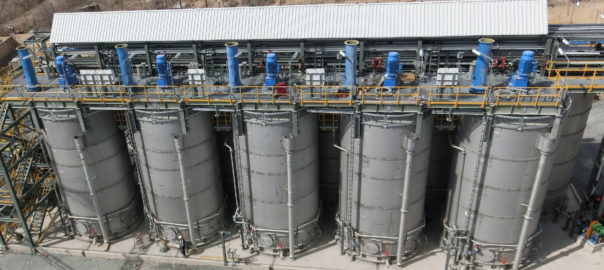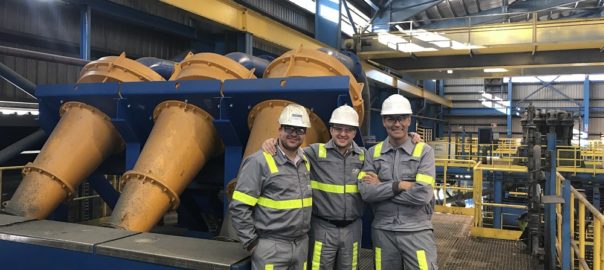SGS Minerals is to offer Glencore Technology’s Albion Process™ test work to mining companies in Africa after the two extended an agreement and certification related to the hydrometallurgical process.
While SGS already has a relationship with Glencore Technology through SGS Lakefield – through an agreement signed last year – the extension opens up the potential for more large packages of work of “high relevance and value”, Glencore Technology says.
“For Glencore Technology, it extends further the global reach of Albion Process test work as it has grown 300% in the last 12-24 months and is seen as uniquely viable in terms of capital costs, operational costs and project feasibility,” the company said.
The new test work locations will now include Randberg in South Africa, with other locations being discussed elsewhere around the world, according to Glencore Technology.
The Albion Process uses a combination of ultrafine grinding and oxidative leaching at atmospheric pressure to work. It also tolerates a more variable feed and lower grade than other processes, according to Glencore Technology, meaning it can make some projects feasible and profitable where alternative technologies could not. The sulphides in the feed are oxidised and valuable metals liberated, with the economic metals recovered by conventional downstream processing. Test work requires only small sample masses with no pilot plant, Glencore Technology says.
The process has produced high recoveries in refractory gold and in base metal concentrates at the six Albion Process plants in operation across the globe, according to the company.
Glencore Technology’s Paul Voigt said: “The extension to Africa has been under discussion for quite some time. We know the importance of local contact and context. It’s also part of a wider focus we have for the African continent.”
SGS’ Niels Verbaan, said: “This is a natural and highly relevant extension of our work with Glencore Technology on Albion Process test work. We look forward to a larger global footprint to help operations in Africa and the Americas, especially those with complex mineralogies, to get an objective opinion on process options.”
SGS is the third certified provider of test work, joining Core Resources in Australia and TOMS Institute in Russia.








